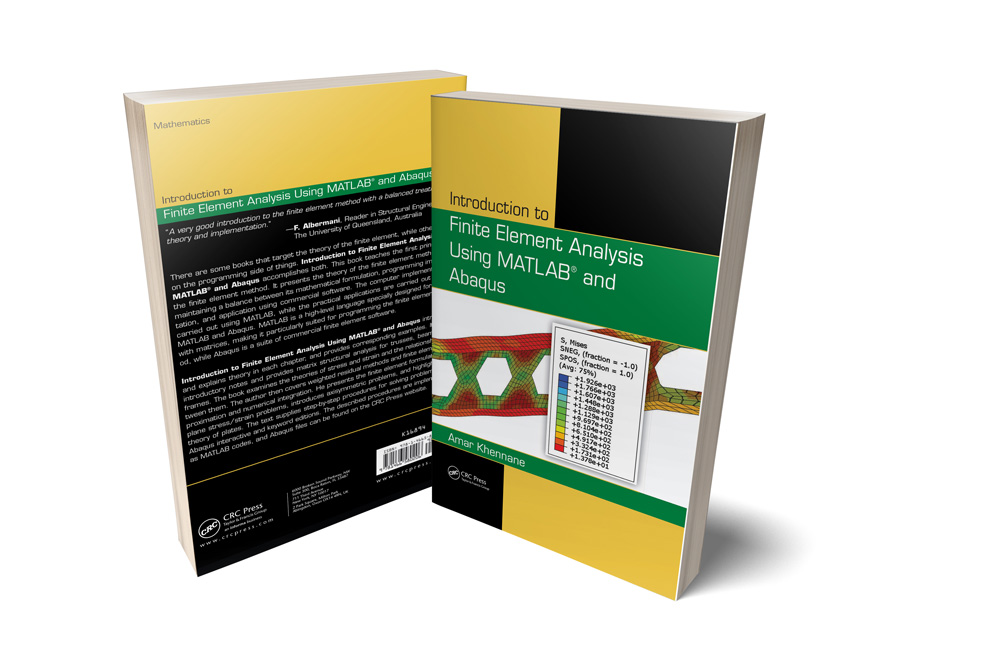برای فرستادن دیدگاه، باید وارد شده باشید.
Amar Khennane Introduction
The advent of the digital computer has revolutionized engineering curricula. In this day and age, the analysis of all but the simplest problem is carried out with the aid of a computer program that not only speeds up calculations but also allows the display of results in fancy graphics. For instance, when graduate engineers enter the design office, they encounter advanced commercial finite element software whose capabilities, and the theories behind their development, are far more superior to the training they have received during their university studies. These packages also come with a graphical user interface (GUI). Most of the time, this is the only component the user will interact with, and learning how to use the software is often a matter of trial and error assisted by the documentation that accompanies the software. However, proficiency in using the GUI is by no means related to the accuracy of the results. The latter depends very much on a deep nderstanding of the mathematics governing the theory. So, what is to be taught? This is the challenge facing experts and educators in engineering. Should only the theory be taught, with the practical aspects to be “picked up” later? Or, on the other hand, should the emphasis be on more “hands-on” applications using
computer software at the expense of theory? The many textbooks that describe the theory of the finite element and/or its engineering applications fall into one of the following two categories: those that deal with the theory, assuming that the reader has access to some sort of software, and those that deal with the programming aspect, assuming that the reader has some theoretical knowledge of the method.
جهت استعلام قیمت و سفارش چاپ این محصول لطفا با انتشارات گنج حضور تماس حاصل فرمایید




نقد و بررسیها
هنوز بررسیای ثبت نشده است.